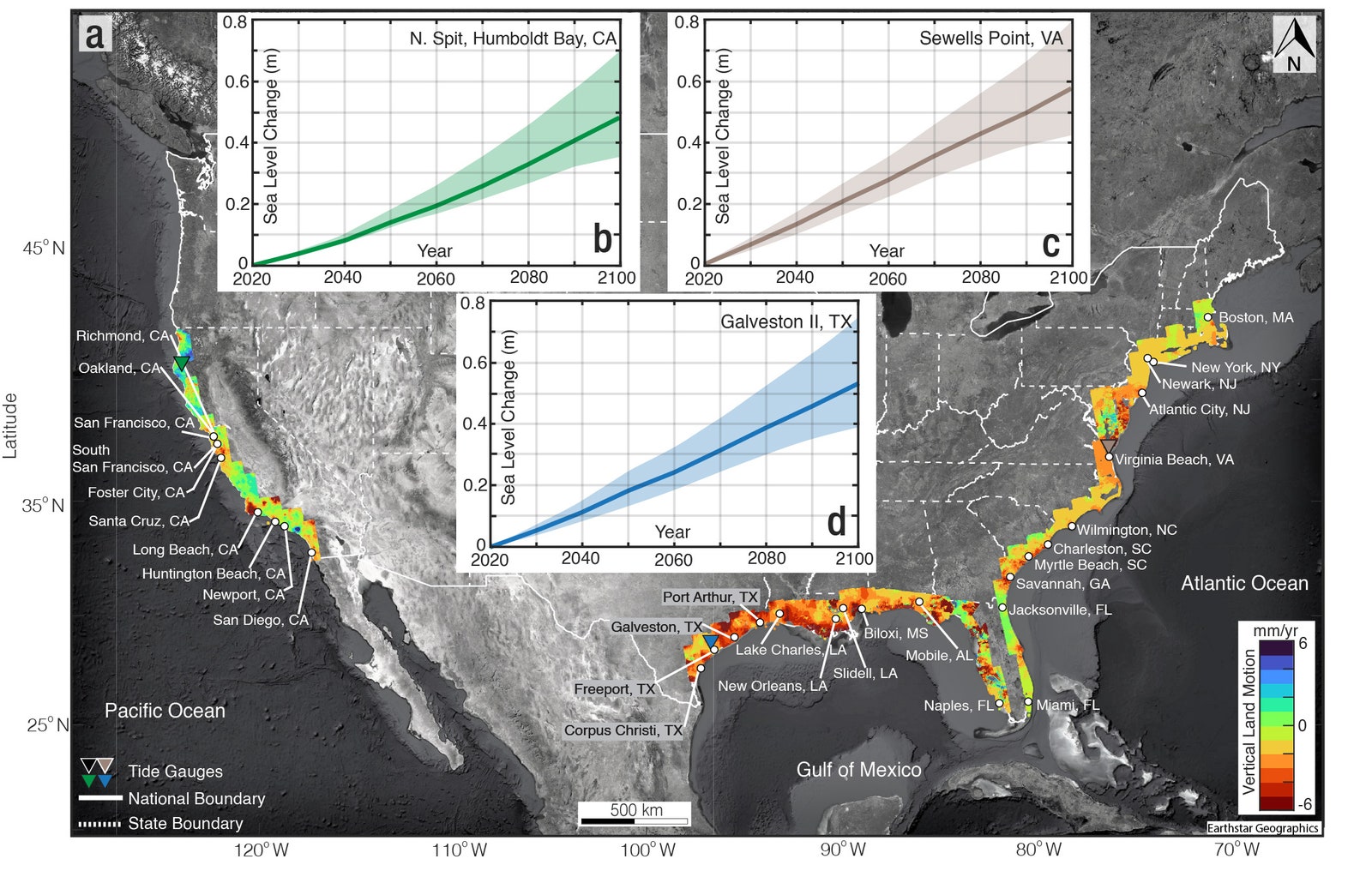[ad_1]
Hash browns don’t always get enough credit for just how versatile they can be. They’re a rare food that can be easily enjoyed at breakfast, lunch and dinner, or even as a snack. I’ve tried various different ways to air fryer a potato but in all my years testing the best air fryers, I’ve never tried to make air fryer hash browns – until now.
Inspired by the classic McDonald’s hash browns, this recipe uses just three main ingredients and air fries in 20 mins. Below, I show how easy and cheap it is to make your own hash browns at home, no matter what time of day you want to enjoy them.
A quick note to American readers: these are what we’d call hash browns in Britain – namely, a grated potato mix that’s molded into a puck shape and fried (or in this case, air fried). Traditionally, we’d eat these for breakfast, but really they’re delicious any time.
Air fryer hash browns
The air fryer hash browns recipe I have followed is from @chef_bimecruz via his TikTok channel. It’s already been watched by 390k people, and counting.
@chef_bimecruz
♬ BILLIE EILISH. – Armani White
Air fryer hash browns: ingredients
This recipe is super simple and you can use any type of potato. My favorite are russets but any starchy potato, like a maris piper or King Edward if you’re in the UK, will also work well.
- White potatoes
- 1 Tbsp Cornstarch
- 1 small egg, or vegan alternative (whisked)
- 1/2 tsp salt
- 1/2 tsp pepper
- Garlic powder (optional)

To make air fryer hash browns you will need the following:
Air fryer hash browns: method
Step 1: Peel the potatoes and add them to a pot of water.
Step 2: Bring the water to the boil and boil for seven minutes.
Step 3: Remove them from the water and leave them to cool slightly.

Step 4: Once cooled, grate the potatoes into a medium-sized bowl.
Step 5: Add the whisk and cornstarch and mix well. The mixture should be sticky enough to form into balls. If the mixture is too wet, add small amounts of cornstarch and mix until it comes together.

Step 6: Make small balls of hash brown mixture and flatten into your desired shape and thickness. The thinner the hash browns, the crunchier they’ll be.

Step 6: Set the air fryer to 375°F / 190°C and cook the hash browns for 20 minutes.
Step 7: After 10 minutes, flip the hash browns over.

Step 8: Once the 20 minutes are up, check the hash browns are cooked all the way through and serve.
If the hash browns are thick, the potato can take a little longer to soften in the center. If this happens, you may need to return them to the air fryer for an five extra minutes at a time until you’re happy with them.
Air fryer hash browns: verdict
For someone who loves hash browns at any time of day, at any time of year, I’m surprised it’s taken me this long to try making air fryer hash browns at home. But I’m so glad I did because these are almost close to perfect.
Boiling the potatoes at the beginning not only speeds up the air fryer cooking time, but as they cool the potato becomes starchy and sticky. This helps the hash browns keep their shape.
The original recipe added garlic powder but I’m a traditionalist and prefer them with just salt and pepper. I also like them when they’re thin and crispy, although my children like them thicker so it depends on your personal tastes.
Granted they don’t taste exactly like McDonald’s hash browns because they haven’t been deep fried, but they’re remarkably close.

Air fryer deals
If you’re wondering whether to buy an air fryer, you may want to read our article to decide whether air fryers are worth it? And if you do decide to go for it, here are the best deals on our top-rated air fryers:
[ad_2]
Source Article Link




